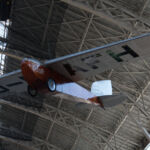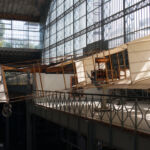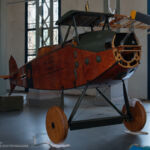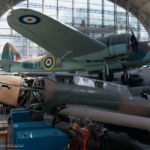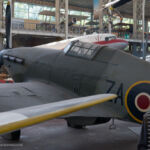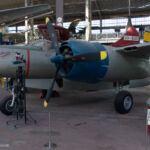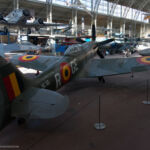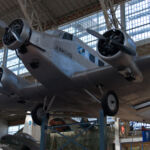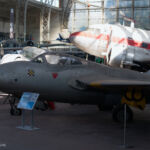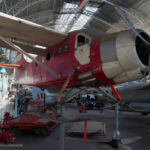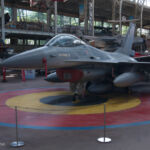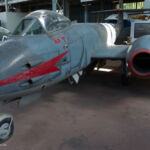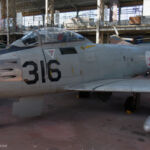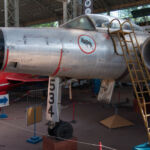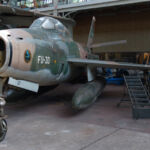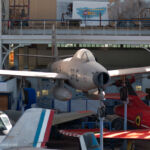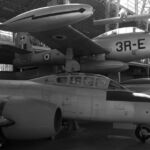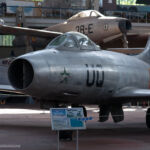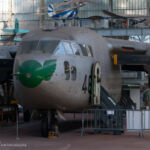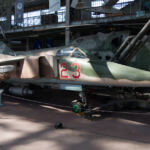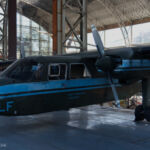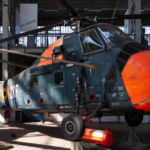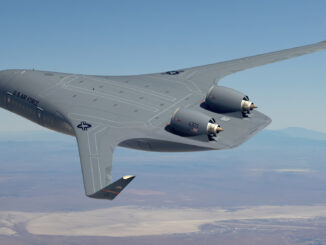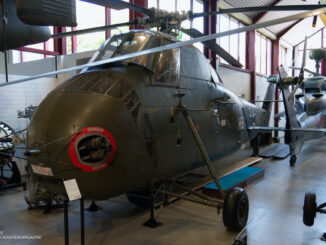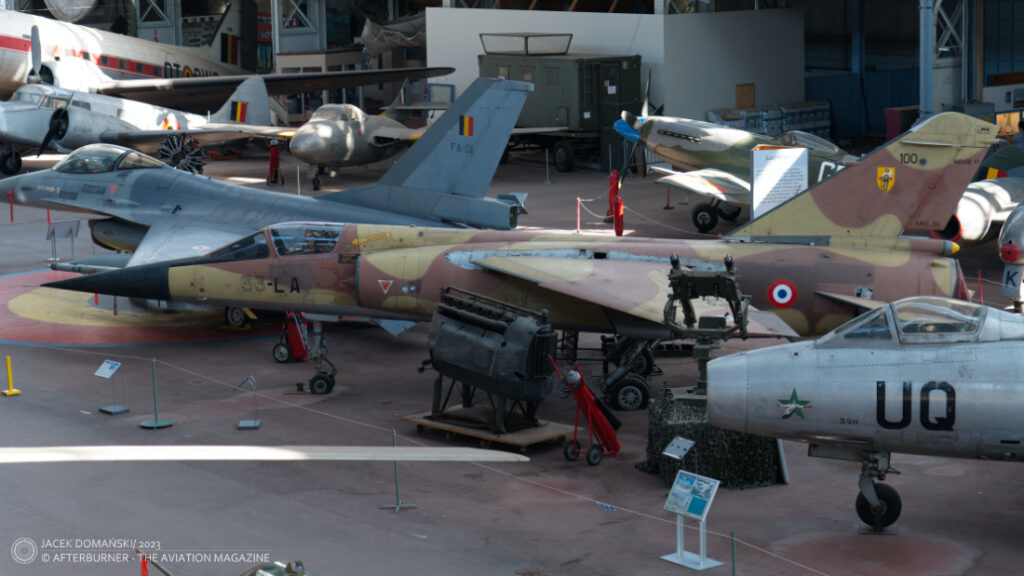
At the beginning of September, we again had the opportunity to visit the Royal Museum of the Armed Forces and Military History (Musée royal de l’Armée et d’Histoire militaire / Koninklijk Museum van het Leger en de Krijgsgeschiedenis) in Brussels, Belgium. For the first time, we went there in 2016 and now it seemed that was already ages ago. And here are a few impressions from the second visit.
First and foremost – currently the museum building undergoes an extensive renovation. This means some sections might be completely unavailable, and other are somewhere in between, with part of the exhibition already moved into new display cabinets but also limited access to some other exhibits.
At the moment we have visited the museum, part of the Historic Gallery – including the post-revolution years and the Napoleonic wars – was closed, as well as some areas of the World War II section and the Great Hall that accommodates the aviation area.
More precisely, there were works ongoing on the Great Hall roof and that meant approximately half of the Aviation and Space exhibition was completely closed. It included the most of balcony, areas next to the façade and the backside (where C-119 Flying Boxcar is located, although it was possible to get close to that aircraft itself).
Nevertheless, the aviation collection of the museum created the same splendid impression as back in 2016. It must be admitted that the Great Hall is now significantly dustier – or even dirty in some places – but this is the price that must be paid during the reconstruction works. On the other hand, despite the renovation and all changes ongoing there, the Royal Museum of the Armed Forces and Military History is still open for visitors. This should not be underestimated as most of museum institutions usually close their doors for years in case of any renovations or construction works.
Parts of the exhibition that were already renovated, or are in the middle of that process, allow to conclude that the collection can only benefit from the new displays. It was especially seen in the medieval hall, but also the new display cabinets in the Great War section look very promising.

It is to be hoped that reconstruction works in the aviation section would be finalized soon, the aircraft cleaned and then displayed in all their glory. It must be also noted, that despite the reconstruction, works on renovating the aeroplanes were not put on hold. We have spotted a replica of Renard R.31 under construction, as well as almost finished works on LVG C.VI (one of only three preserved in the world). We have also learned that renovation works are also ongoing on Voisin LA.V and nacelle of Henri Farman HF.20.
Certainly, the question arises whether it is worth to visit the museum during the reconstruction time. And the answer is yes, but one must take into account that some parts of the collection might be not accessible, as well as not be surprised by some inconvenience the renovation works can bring. As we have mentioned in our previous article, the collection of the Royal Museum of the Armed Forces and Military History is so immense that even with the aforementioned limitations there is still plenty of exhibits to see and enjoy.
Currently, regular admission is 11 EUR for adults. Visitors aged between 6 and 18 can ask for a discounted ticket for 9 EUR. There is still free admission on the first Wednesday of each month, after 1 p.m. The Sky Café in the Great Hall is open and operating, as well as the museum shop.
Last but not least – this October, the Royal Museum of the Armed Forces and Military History will celebrate its centennial anniversary of opening the exhibition in Cinquantenaire buildings. During the weekend of 7th and 8th October 2023, the museum will be accessible with reduced fees and its opening hours will be extended. Visitors will also be able to enjoy some re-enactments, animations and activities for children.
More images from the Royal Museum of the Armed Forces and Military History (2023):

